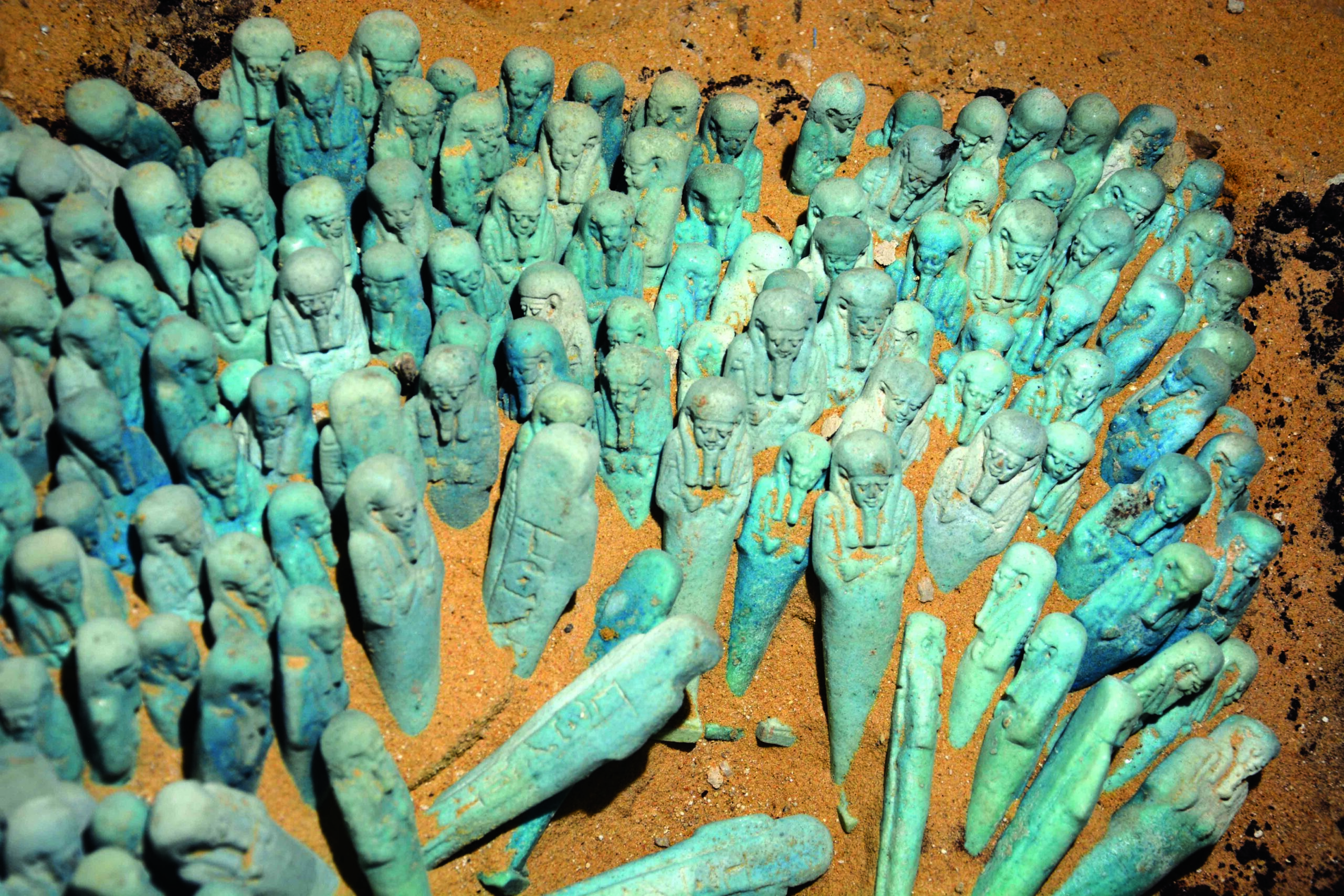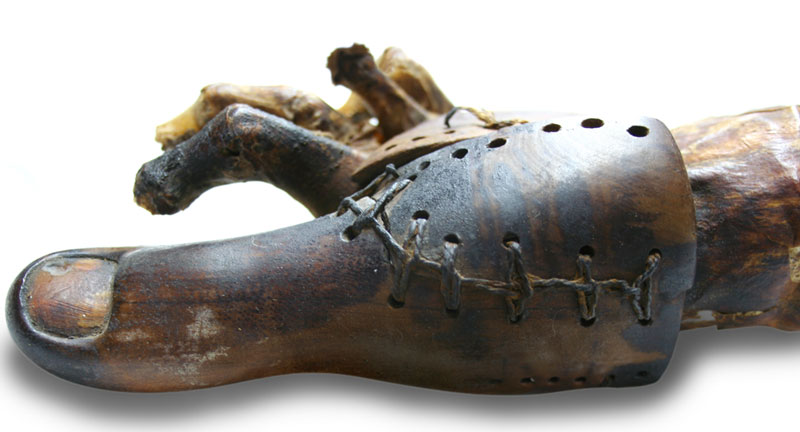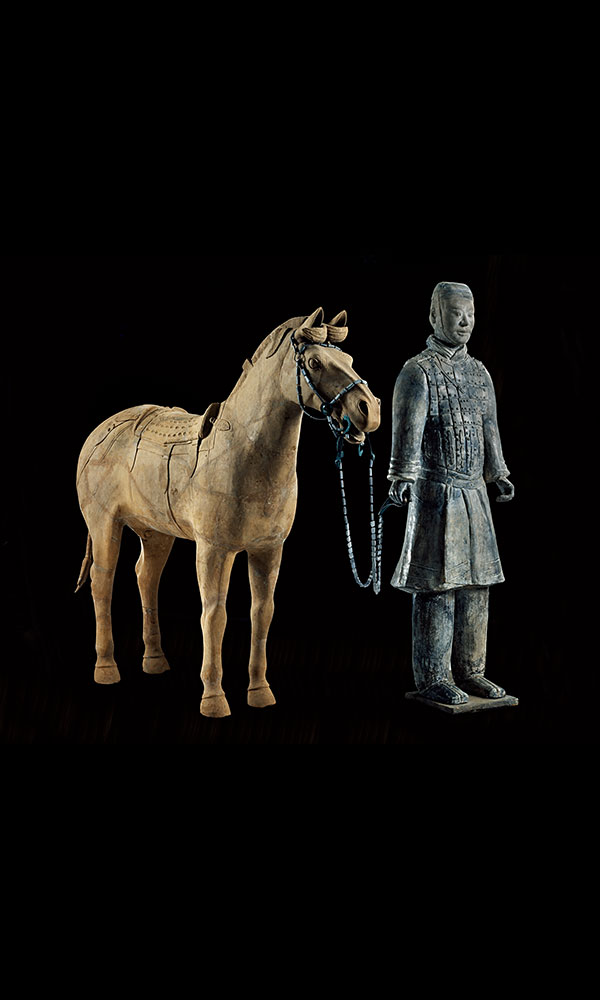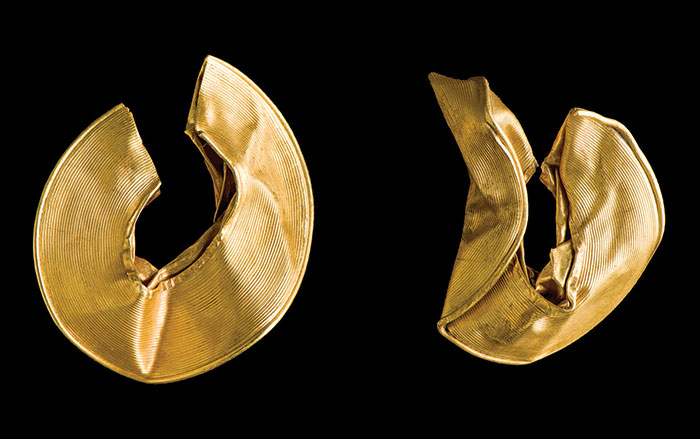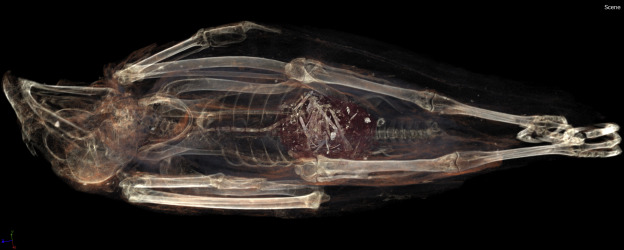
CAIRO, EGYPT—Ancient Egyptians bred birds of prey and force-fed them before offering them to the gods, according to a study conducted by a team from the American University in Cairo, Stellenbosch University, and the Stellenbosch Institute for Advanced Studies. “The idea of birds of prey being bred to the extent of being kept and force-fed is new. Until now, the sheer number of raptor mummies had been a mystery—did they catch or trap them and kill them, raid nests, or find them dead? Our results explain why they had so many: we now think it was because of active breeding,” Salima Ikram told The International Business Times. A 3-D image of a mummified kestrel known as SACHM 2575 showed that it had the remains of a mouse and a small sparrow in its stomach, and had choked to death on a young house mouse. Ikram notes that this species of bird has a tendency to cache surplus food, so it is unlikely that the bird would have overeaten on its own. “Thus SACHM 2575 provides the first real evidence for keeping raptors in captivity…It also broaches the possibility that breeding programs for these animals were instituted, as was the case for other animal offerings, such as ibises, dogs, and cats,” she said. For more on ancient animal mummies, go to "Messengers to the Gods."


